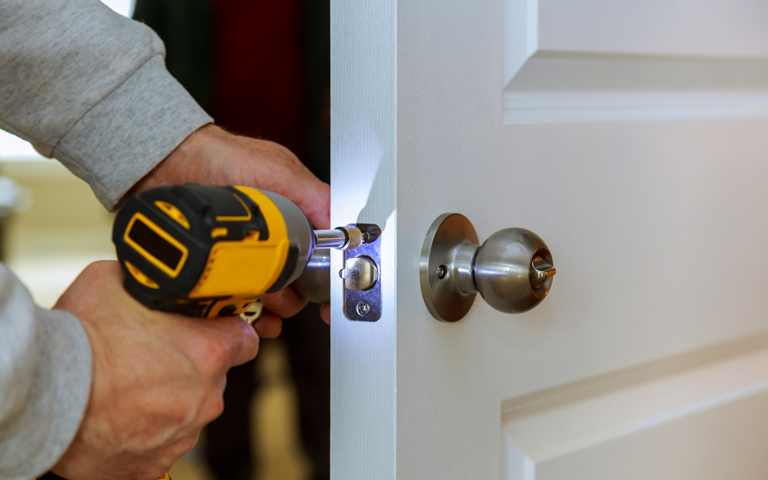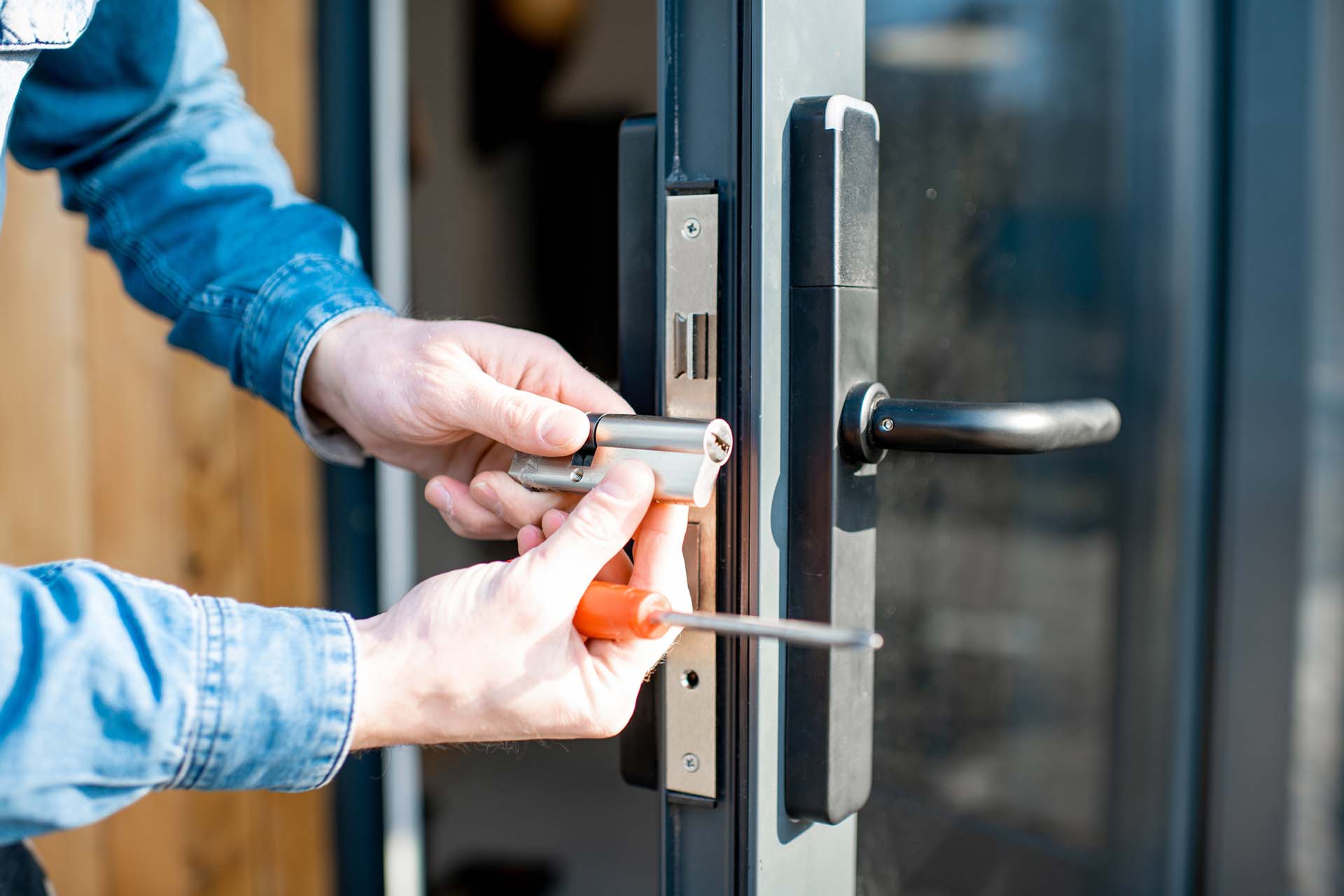Imagine this: you’re at your front door, all set to step into your comfy UK pad, but oh no – disaster! Your key breaks inside the lock. It’s the worst possible scenario, frustrating potentially security-compromising. We will uncover some secrets about how you can extract a broken key from a lock by yourself. We’ll provide you with 4 practical, do-it-yourself (DIY) tips for safely effectively extracting a broken key from a lock. These tips are made for people like you, giving you the know-how to deal with this problem right away.
Understanding Key Breakage
Keys, those little metal things that open our doors at home, in cars, other safe spots, aren’t invincible – they can break too. There are a few reasons why keys might snap, but the main one is just from using them a lot over time.
Keys can wear down over time from being used loads, especially if you don’t look after them or if the lock’s a bit dodgy. Forcing the key too much is another big reason it might snap. Like, if you don’t stick it in the lock properly or if the lock’s stiff needs a good shove to turn. And sometimes, it’s the lock itself that’s the bother, like if it’s not straight or there’s stuff gunking it up, making the key get stuck snap.
Not all keys are made equal when it comes to breaking. Standard house keys, usually made of brass or nickel-plated steel, are more likely to snap than high-security ones. High-security keys, like the ones for posh areas or cars, are built tougher with special designs to stop them from breaking. The material, design, quality of a key all affect how likely it is to break.
Tools Materials You Will Need
With the right tools, you can try to extract the broken key yourself before calling a locksmith. Gather the following items to increase your chances of successful safe removal:
- Flashlight – to see clearly inside the lock, especially if it’s in a dimly lit area.
- Magnifying Glass – to get a closer look at the broken key any obstructions in the lock.
- Tweezers – to grasp pull out small pieces of the broken key.
- Needle-nose Pliers – to provide you with a better grip more control compared to tweezers when extracting larger pieces of the broken key.
- Safety Glasses – to protect your eyes from any small particles when extracting.
- Lubricant – to lubricate the keyhole the broken key for easy extraction.
- Paper Clip or Bobby Pin – to makeshift lock pick if needed.
4 DIY Tips for Extracting a Broken Key
Removing a broken key can be a hassle, but with the right tools knowledge, you can do it smoothly. Here are some simple DIY tips to help you handle the task like a pro. And remember, don’t rush – patience is important!
Tip 1: Lubrication – The Key to Smooth Extraction
The lubricant works wonders for unsticking a key easing things up. What you need depends on your lock. Grab some graphite-based lock lube or even pencil lead for basic pin-tumbler locks. But if your lock’s a bit fancy, like a wafer tumbler, try a lighter oil-based lube instead. Just remember, use it gently not too much for the best outcome.
Tip 2: Tweezers – A Delicate Touch for Key Retrieval
If you spot part of the broken key, tweezers can be a real lifesaver. Just slip the tips into the lock, grab onto the key, pull it out nice easy. You have to do it slowly – you don’t want to damage the lock. When the key still won’t budge, you’ll need a locksmith to help.
Tip 3: Small Screwdriver or Probe – Precision Tools for Key Extraction
When the key’s stuck deep in the lock tweezers won’t help, grab a small screwdriver or probe tool. Carefully poke around inside the lock until you find the broken key. Then, gently nudge or wiggle it out. Take it easy to avoid messing up the lock even more.
Tip 4: The Tap Method – A Gentle Nudge for Key Dislodgement
Sometimes, just giving it a little tap can sort out a stuck key. Pop a bit of wood or cardboard over the lock, then gently tap it a few times with a hammer. Those vibrations can help loosen the key, so it comes out easier. Remember, go easy on the taps to avoid messing up the lock even more.

Troubleshooting When to Stop
It’s important to assess the situation understwhen you should call a pro. Here’s what to remember:
Recognising When DIY Methods Fail
If the broken key is stuck deep inside the lock, DIY methods might not work well or could be risky. Trying to remove a deeply lodged key without the right tools or know-how could damage the lock more or even lead to injury.
Avoiding Damage to the Lock
If you’re not careful with your DIY attempts, you could really mess up the lock’s insides. That might mean shelling out big bucks for repairs or having to replace the whole lock. So, before you dive into any DIY fixes, make sure you’re clued up have the right tools at hand.
Seeking Professional Help
When DIY tricks don’t work, there’s a chance of things going sideways, you need a professional locksmith. They know their stuff have all the gear needed to fish that broken key out without messing up your locks.
Conclusion
If the DIY tricks don’t do the trick, or if you’re worried they could make things worse your lock might need fixing, it’s probably best to get the experts involved. A locksmith knows their stuff can sort out the situation without making matters worse for your lock. When you’re dealing with a tricky situation like this, it’s better to play it safe ask for professional help.



